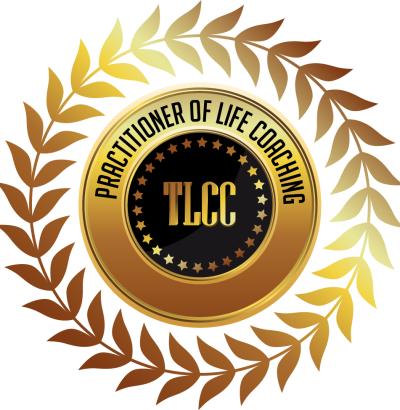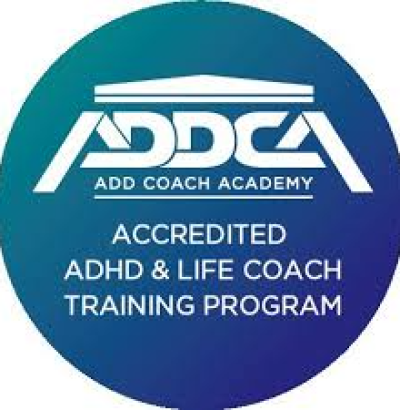Burnout is a word that gets thrown around a lot. But for individuals with ADHD, burnout isn’t just about being tired it’s about running on fumes after weeks or months of pushing through tasks, stress, and expectations that never let up. It’s the mental and emotional crash that comes after long periods of masking, over-performing, or just trying to keep up in a world that feels overwhelming.
Emotional burnout in ADHD can be sneaky. It doesn’t always look like collapsing in bed for days (though it can). Sometimes it looks like irritability over small things. A deep fatigue that no nap can fix. A sense of detachment from your goals. Or even a feeling that you’re failing at everything, even though you’re doing your best. For many women, especially those juggling work, relationships, caregiving, and personal expectations, burnout becomes a quiet undercurrent that’s hard to name until it explodes.
One reason burnout is so prevalent in the ADHD community is because of how we cope with challenges. Many of us rely on adrenaline deadlines, urgency, or emotional pressure to get things done. That constant cortisol spike might work short-term, but it’s unsustainable. Eventually, the brain and body crash, and even simple tasks feel impossible.
Another contributor is masking the act of trying to “pass” as neurotypical. You suppress your fidgeting, hold back your emotions, double-check your work to avoid mistakes, and manage a thousand details in your head just to meet basic expectations. That effort is exhausting. And when it’s invisible to others, it often goes unacknowledged and unsupported.
So what does emotional burnout feel like for someone with ADHD? It might show up as chronic overwhelm, difficulty making decisions, losing interest in things you once enjoyed, or a sense of hopelessness that things will never change. Physically, you might experience headaches, muscle tension, digestive issues, or disrupted sleep. Emotionally, there may be shame, guilt, or anxiety especially if you’ve internalised the belief that you “should” be able to handle it all.
The first step in recovering from burnout is recognising it. Give yourself permission to slow down, even if the world around you isn’t. That doesn’t mean dropping every responsibility it means re-evaluating what’s essential, and releasing what isn’t. Start with simple grounding practices: shorter work hours, unplugging from notifications, setting boundaries, and getting enough sleep. These aren’t luxuries they’re survival tools.
Support is also essential. Whether it’s working with an ADHD coach, therapist, or joining a community of others with similar experiences, talking about your burnout helps dismantle the isolation that often comes with it. You’re not broken — you’re burnt out from trying to keep up in a world that doesn’t understand how your brain works.
From a coaching perspective, burnout recovery also involves adjusting your systems. Instead of pushing through, you begin to plan with more intention and compassion. You set goals that match your capacity, not just your ambition. You learn to say no. You build a life where rest is part of the routine not something you earn after hitting a wall.
Ultimately, healing from burnout means coming home to yourself. It’s not about doing more it’s about doing less better. It’s about recognising your limits and respecting them, not punishing yourself for having them. And most importantly, it’s about learning that you are allowed to protect your energy, your time, and your wellbeing without apology.







